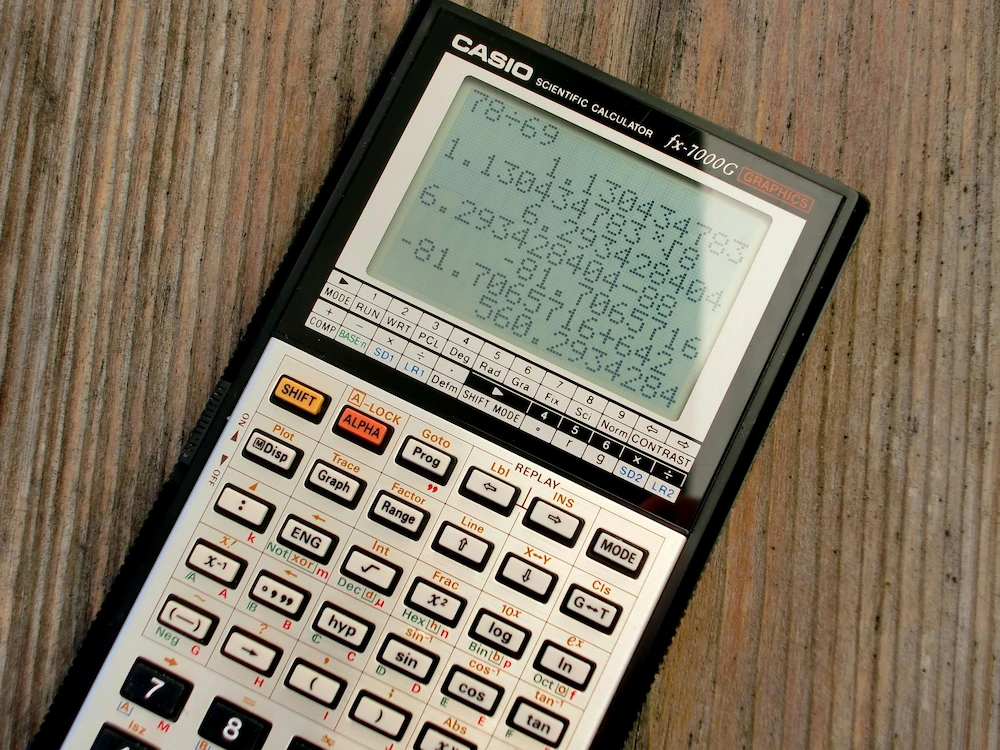Choosing a question
The History Internal Assessment is an investigation into a topic of your choice – this means it’s important that you choose something you find personally interesting, making it much easier to write and perfect your coursework. Take your time deciding on and refining your IA question, as this will change how your work is assessed, and therefore impact your mark.
If you’re struggling to refine your research question or need guidance on structuring your IA, Lanterna’s IB Tutoring can provide personalised support to help you excel in your History IA and other IB coursework.
Example IA questions include:
- How effective was the Soviet Union’s New Economic Policy between 1921 and 1925?
- How significant was social division as a cause of the Bamberg Witch Trials (1623–1633)?
- What were the most important reasons for the failure of Operation Market Garden?
- To what extent was weak leadership responsible for the collapse of the Egyptian Old Kingdom in 2125 BC?
The History IA is divided into 3 sections; the identification and evaluation of sources, the investigation, and the reflection. We’ll go through each of these one by one.
Identification and evaluation of sources (6/25 marks)

The first step of this section is to clearly state your research question.
For your IA, you must select two sources (primary or secondary) for detailed analysis. You must also:
- Include an explanation of their relevance.
- Analyse both of the sources in detail with regards to their origin, purpose and content
- Analyse the values and limitations with regard to the investigation.
We recommend a word count for the identification and evaluation of sources of 500 words.
Investigation (15/25 marks)

This section consists of the investigation itself, which should be made up of critical analysis that is clearly focused on the question. Although the sources you’ve already analysed should be the ones that you use the most, don’t be afraid to use other sources as well – in fact, these are good sources of counter-arguments and examples!
Throughout the investigation:
- Each aspect of your response should be developed in a paragraph, like an essay.
- Each aspect should be introduced through a topic sentence.
- Your points should be supported using historical evidence and explained using historical facts. The greater the detail, the better.
- Sophisticated responses will refer to perspectives and show a developed understanding of schools of thought that are relevant to the research question.
You should also include a conclusion at the end where you summarise the argument and come to a definitive judgement.
We recommend a word count for the investigation of 1300 words.
You can find examples of History IAs, including the investigation section, at the bottom of this article.
Reflection (4/25 marks)
The reflection is the final section of the IA, and where you get to think critically about the methods used by historians and how your view on this has changed (or not) after writing your investigation. The reflection has an aspect of TOK to it, as you must ponder questions of a historical and philosophical nature. The reflection does not have a predefined set of questions, meaning you have some liberty with the direction you want to take this section in – as long as you focus on the methods used by historians, their values and their limitations.
You may want to think about, and mention, some of these questions in your reflection.
We recommend a word count for the reflection of 400 words.


